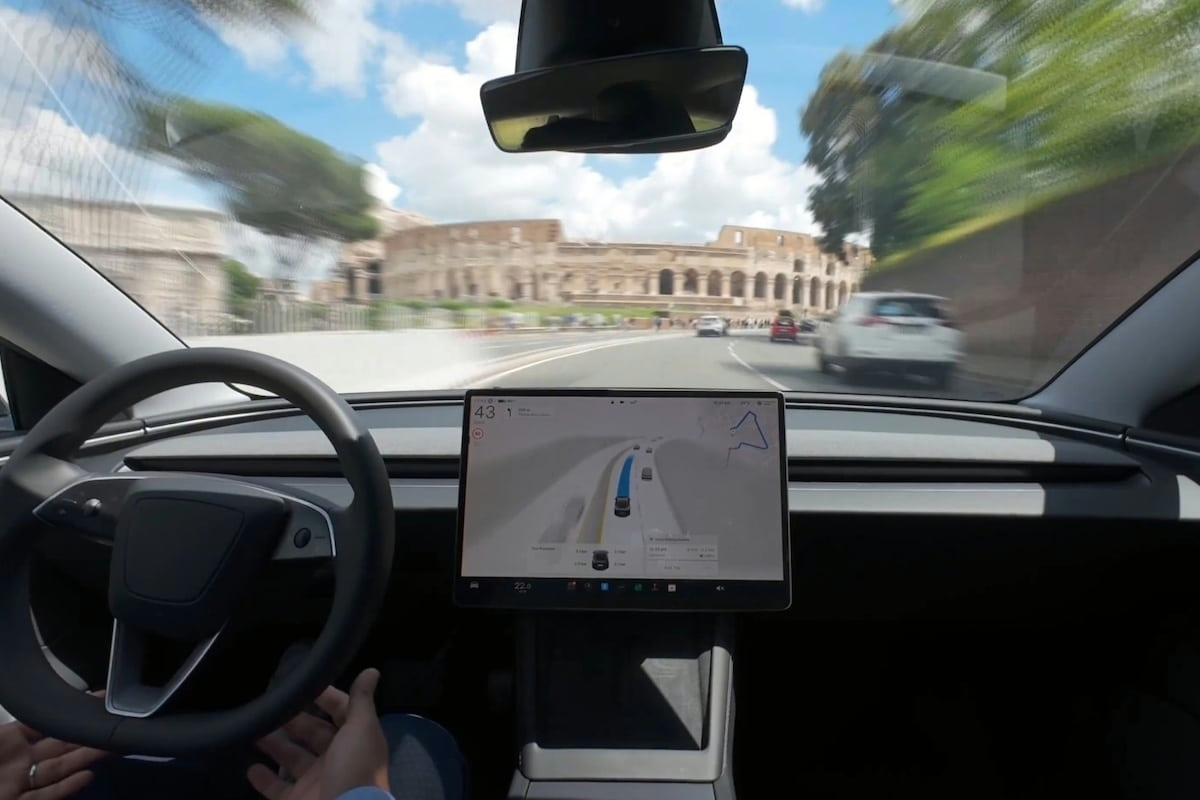A legendary engineer takes on the issue of car weight

The word genius is often overused, but it suits Gordon Murray so well, the engineer behind Senna/Prost’s dominance in F1 from 1988 to 1990.
The Gordon Murray Group, driven by the vision of the famed automotive engineer Gordon Murray, has announced an ambitious project aimed at revolutionizing the structures of tomorrow’s vehicles. With “Project M-LightEn”, the goal is clear: to create chassis that are 25% lighter and 50% less carbon-intensive within three years.
For decades, Gordon Murray has been recognized for his innovations in automotive design, including the iconic McLaren F1 introduced in 1992. Staying true to his philosophy, this new project focuses on reducing vehicle weight, a crucial advantage for improving performance, lowering energy consumption, and minimizing environmental impact. Vehicles created through “M-LightEn” could boast the lowest carbon footprint over their lifecycle in the supercar category.
Planned innovations include ultra-resistant aluminum structures, 80% recycled, and composites that produce almost no waste. The use of advanced manufacturing techniques, optimized by artificial intelligence, will facilitate the development of digital and physical prototypes meeting unprecedented standards.
Lighter, faster, cleaner
The project explores new materials and innovative “connection” techniques to ensure structures that are both light and strong. The combination of high-performance aluminum alloys with carbon composites will reduce weight while maintaining excellent strength. Production processes will aim to minimize waste and optimize efficiency, particularly through precise fiber placement methods with a low carbon footprint.
Artificial intelligence plays a central role by optimizing designs and manufacturing processes. By integrating advanced simulation and prototyping techniques, the project aims to accelerate the development of innovative solutions while reducing the risks associated with new technologies.
By 2027, these advancements could be applied to low-volume vehicles, before broader adoption. This project represents a significant step in the quest for cleaner and more efficient mobility, in line with current environmental challenges.
This page is translated from the original post "Un ingénieur de légende s’attaque au problème du poids des voitures" in French.
We also suggestthese articles:
Also read






